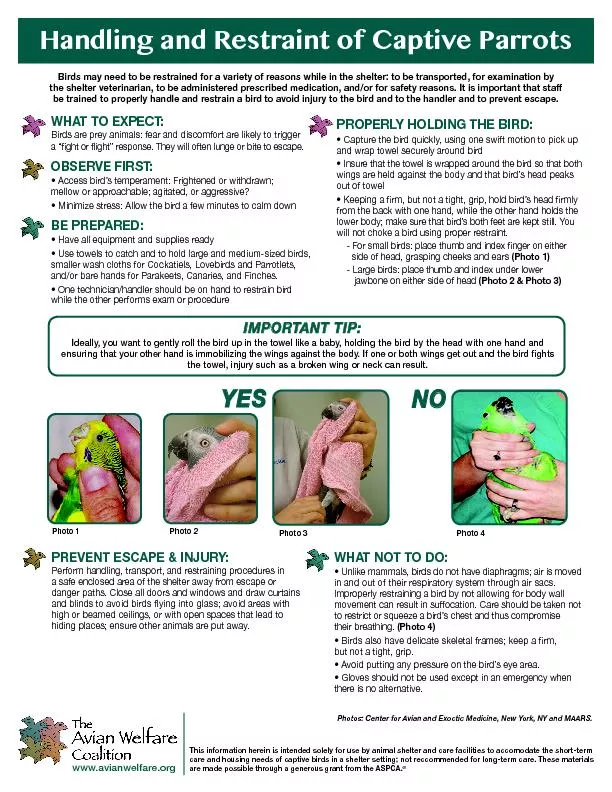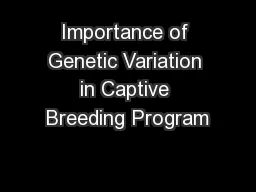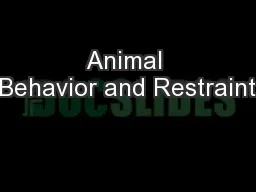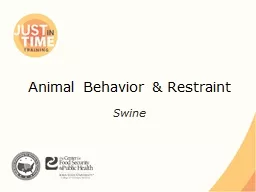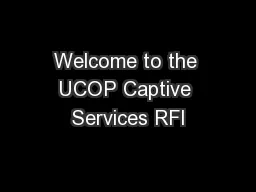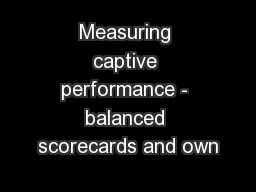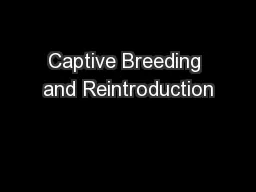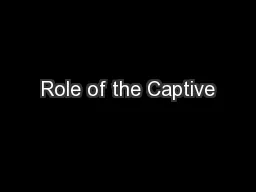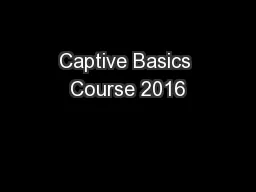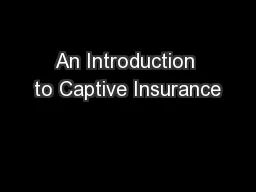PDF-Handling and Restraint of Captive Parrots
Author : olivia-moreira | Published Date : 2016-07-23
Birds are prey animals fear and discomfort are likely to trigger a x201Cx00660069ght or x0066006Cightx201D response They will often lynge or bite to escape WHAT
Presentation Embed Code
Download Presentation
Download Presentation The PPT/PDF document "Handling and Restraint of Captive Parrot..." is the property of its rightful owner. Permission is granted to download and print the materials on this website for personal, non-commercial use only, and to display it on your personal computer provided you do not modify the materials and that you retain all copyright notices contained in the materials. By downloading content from our website, you accept the terms of this agreement.
Handling and Restraint of Captive Parrots: Transcript
Download Rules Of Document
"Handling and Restraint of Captive Parrots"The content belongs to its owner. You may download and print it for personal use, without modification, and keep all copyright notices. By downloading, you agree to these terms.
Related Documents

